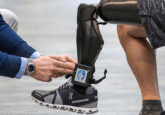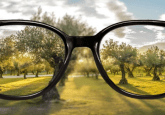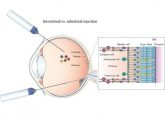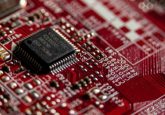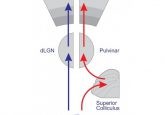Researchers enable woman to perceive simple lights and shapes after 16 years of blindness
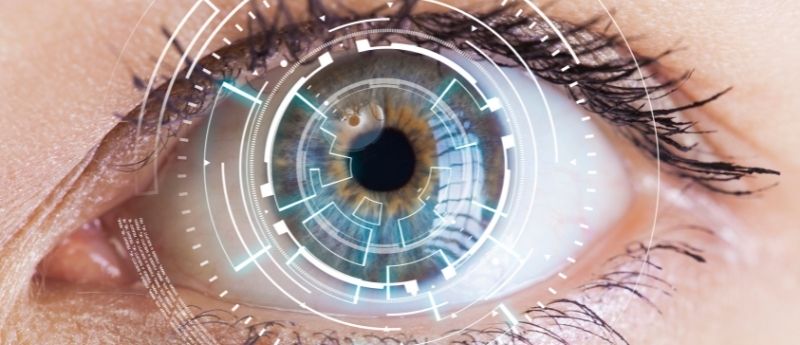
Researchers have created a visual prosthesis, formed of an array of electrodes implanted in the visual cortex, allowing a blind woman to identify lights and shapes for the first time in 16 years.
A recent study co-led by Richard Normann of the John A. Moran Eye Center (University of Utah, UT, USA) and Eduardo Fernández (Miguel Hernandez University, Elche, Spain), successfully provided a blind woman, Berna Gómez a former science teacher who has been blind for 16 years, with artificial vision. The results of the study illustrate an advancement in the field and could lead to further visual prostheses and independence for the blind.
Restoring the mobility and independence of the blind is a key focus for scientists researching blindness and developing novel treatments. Previous studies have shown that visual perceptions could be artificially created by electrically stimulating the visual cortex with an array of electrodes.
A microelectrode array, invented by co-author Richard Normann, comprising of 96 electrodes was implanted into Gómez’s visual cortex for 6 months. The surgery proved to be a simple procedure that did not cause any disturbance to the surrounding neurons or affect the function of the underlying cortex. Following the surgery, she wore a pair of glasses with a camera that had been created to collect and encode visual data and sent it back to the array. The array then stimulated the surrounding neurons to produce perceptions, generated by the production of phosphenes and viewed by Gómez as white points of light.
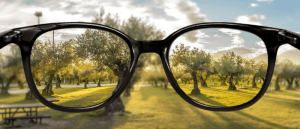 How is cell biology saving our senses?
How is cell biology saving our senses?
From the WHO’s Vision 2020 initiative through to ground-breaking cell biology research, what are the latest efforts to save our senses as populations age?
Gómez, by the end of the six months, was able to identify lines, shapes and basic letters induced by different stimulation patterns. Researchers even created a Simpsons video game to help with the initial learning process of Gómez’s visual prosthesis. Due to Gómez’s help with the study and precise descriptions of her visual perceptions she was named as a co-author on the study.
Fernández spoke of the findings, “these results are very exciting because they demonstrate both safety and efficacy and could help to achieve a long-held dream of many scientists, which is the transfer information from the outside world directly to the visual cortex of blind individuals, thereby restoring a rudimentary form of sight,” also adding that “although these preliminary results are very encouraging, we should be aware that there are still a number of important unanswered questions and that many problems have to be solved before a cortical visual prosthesis can be considered a viable clinical therapy.”
The hope now is that further research could lead to more advanced image encoder systems, that are capable of stimulating electrodes and neurons to produce more complex images. This study alone suggests that the production of visual prostheses in the future, which can give blind people a higher level of mobility and independence, is a possibility. “It could allow them to identify a person, doorways, or cars easily. It could increase independence and safety. That’s what we’re working toward,” remarked Norman.
